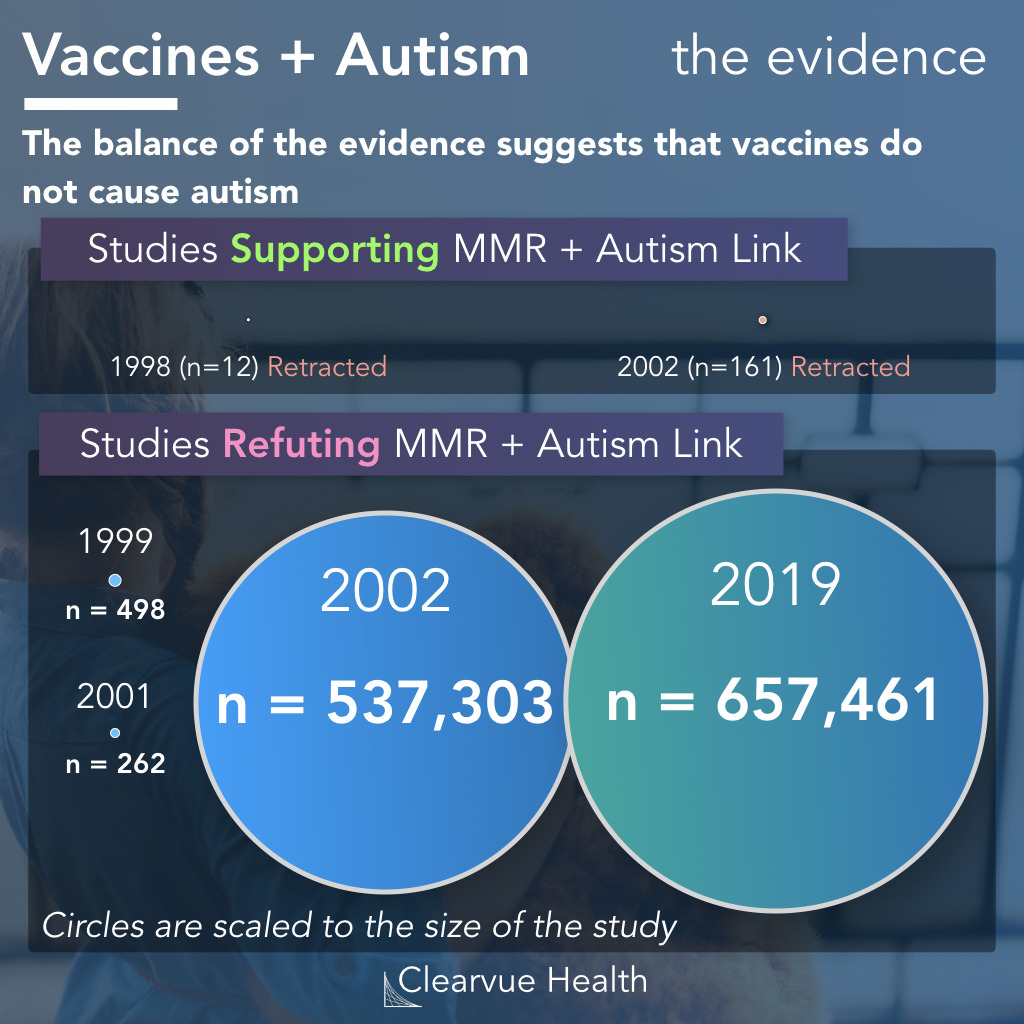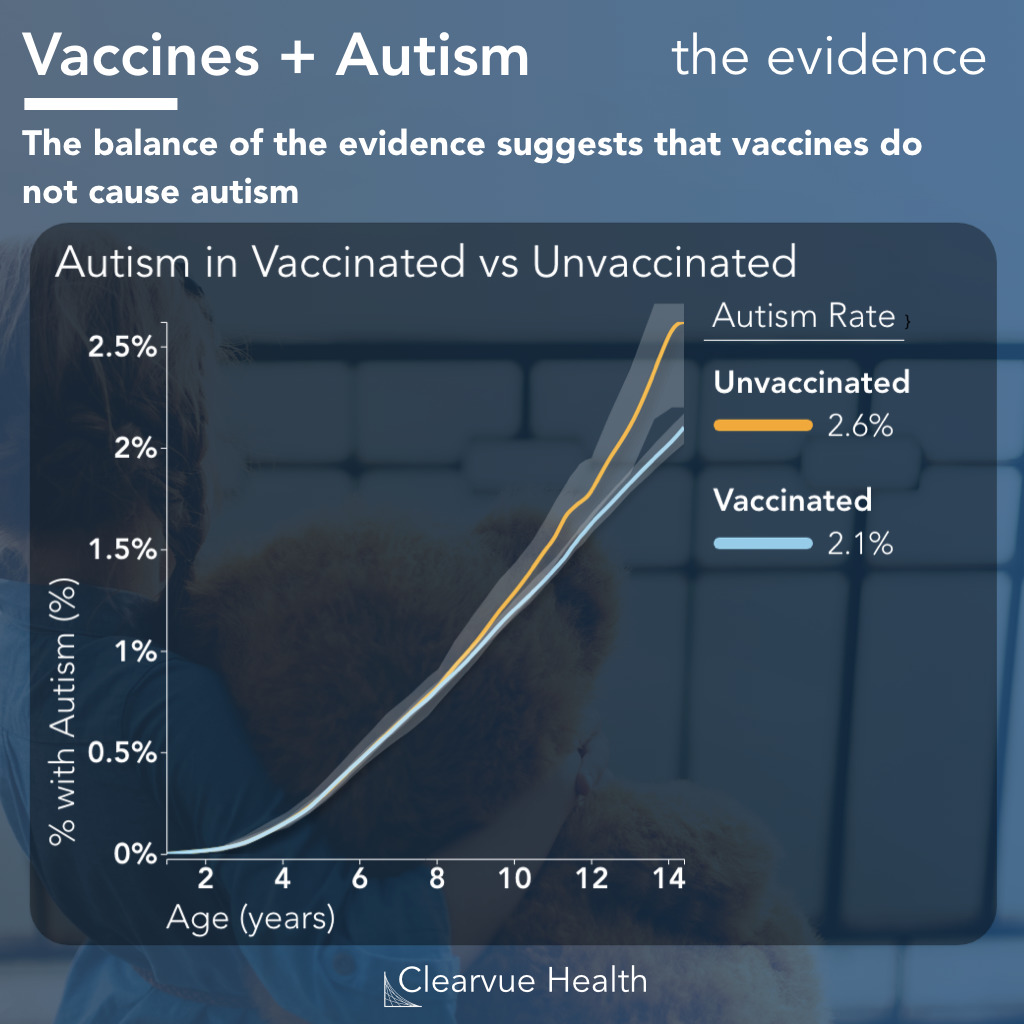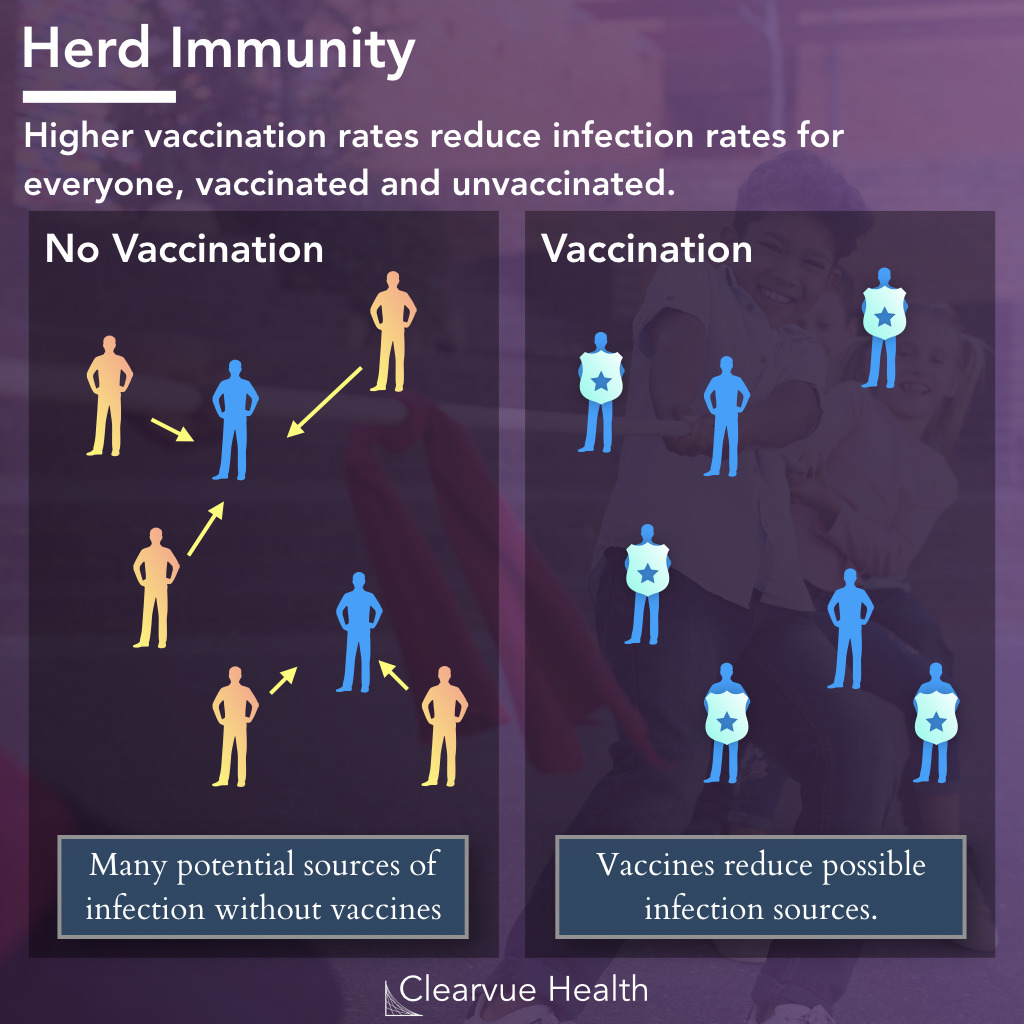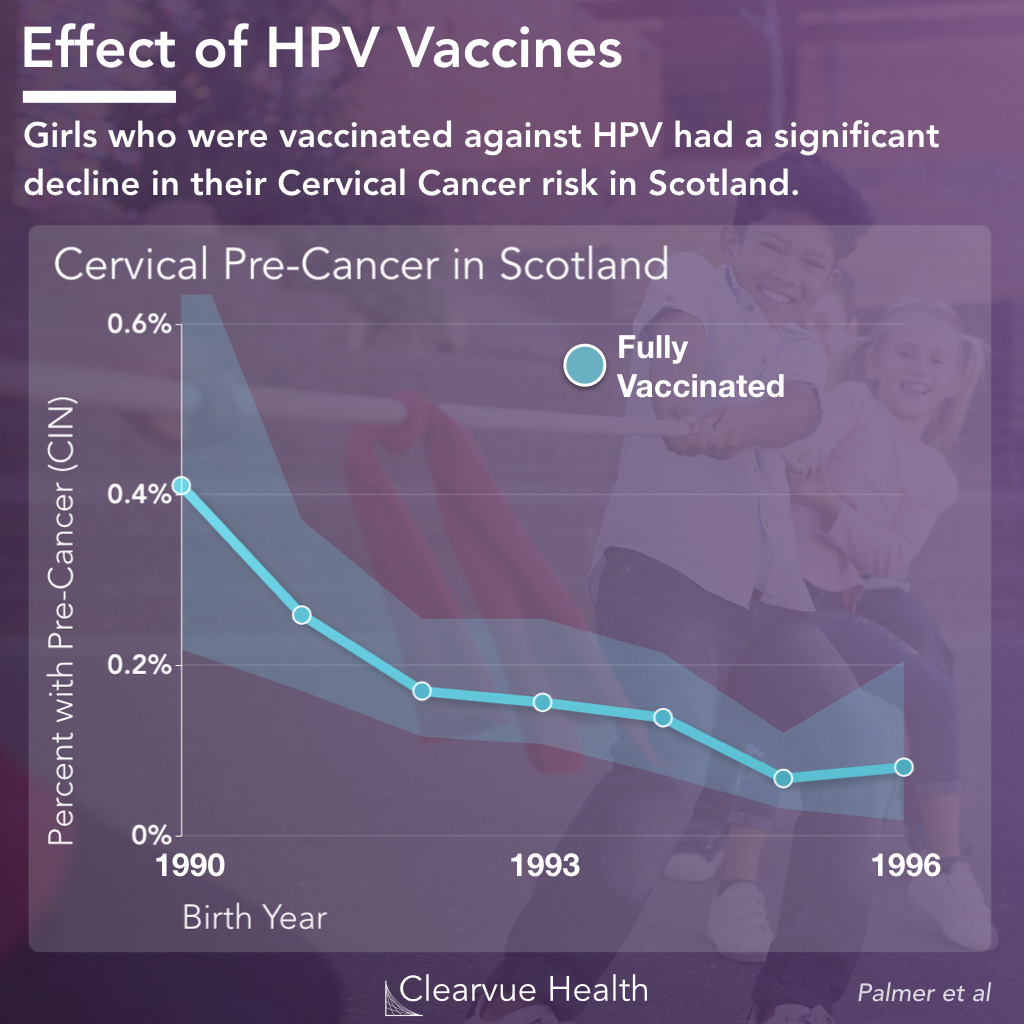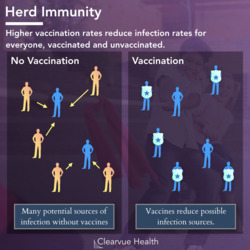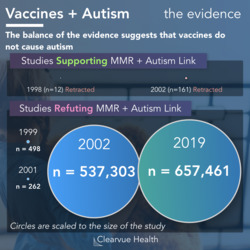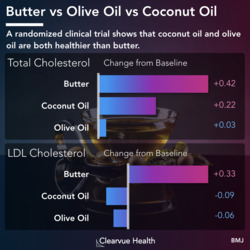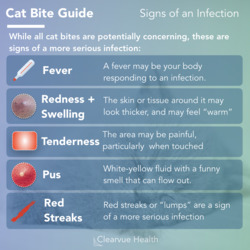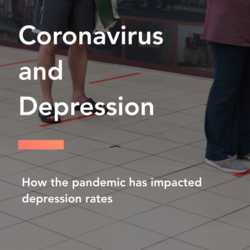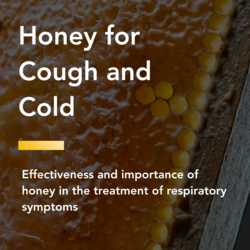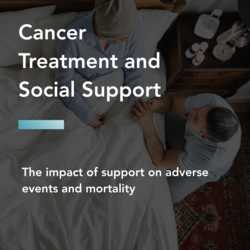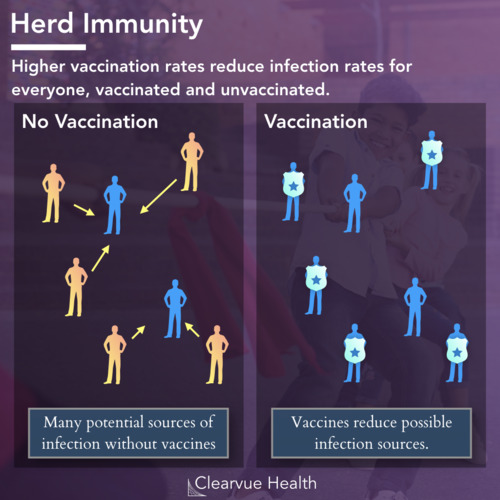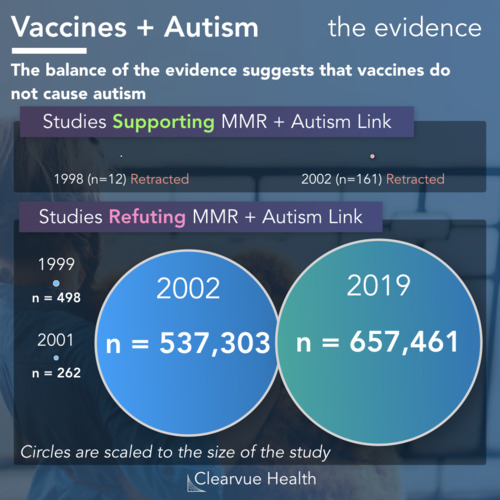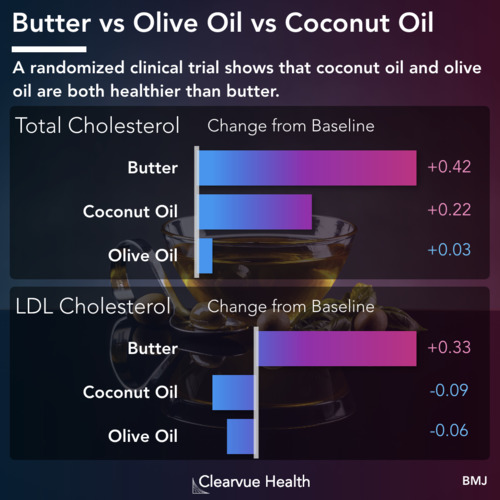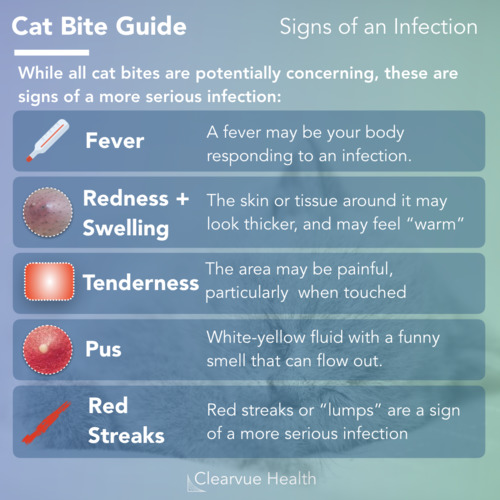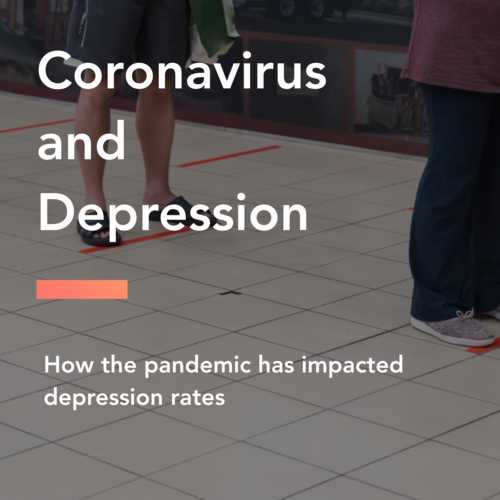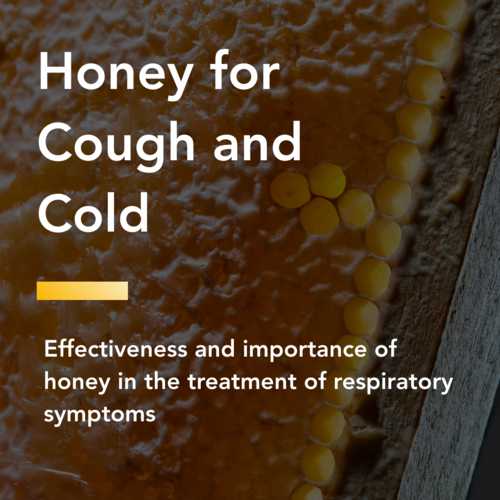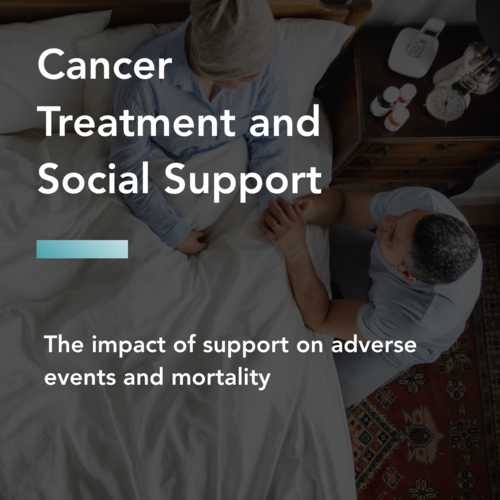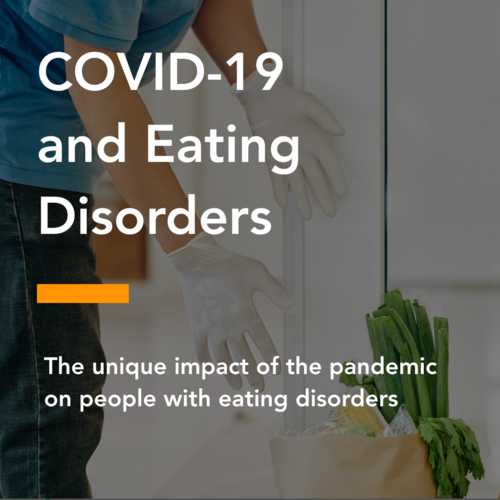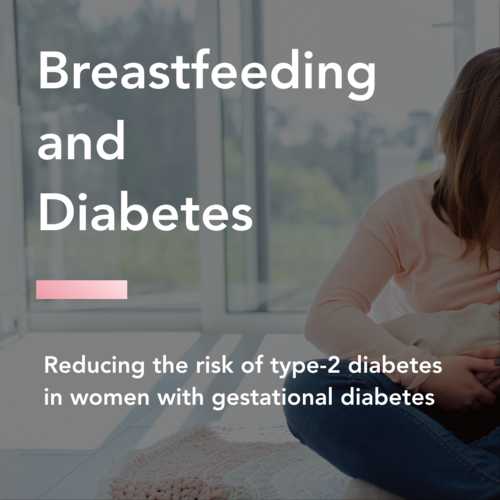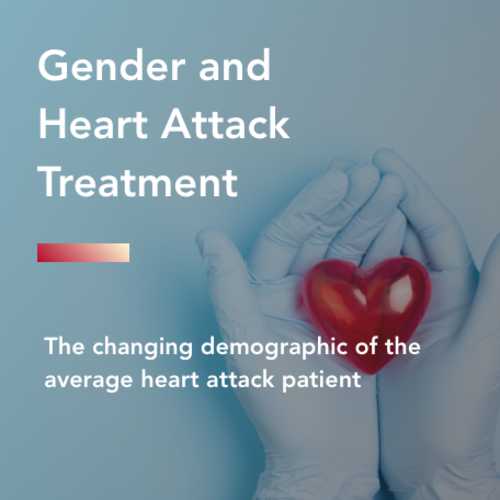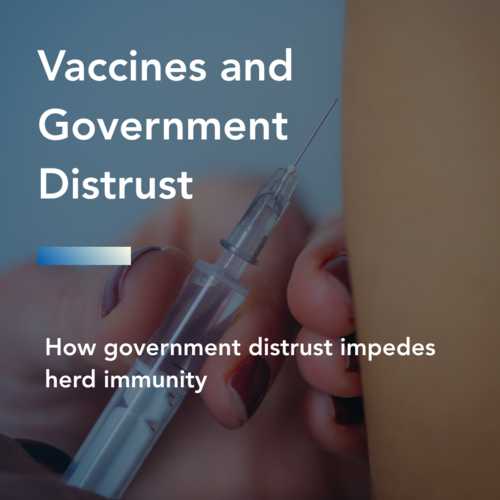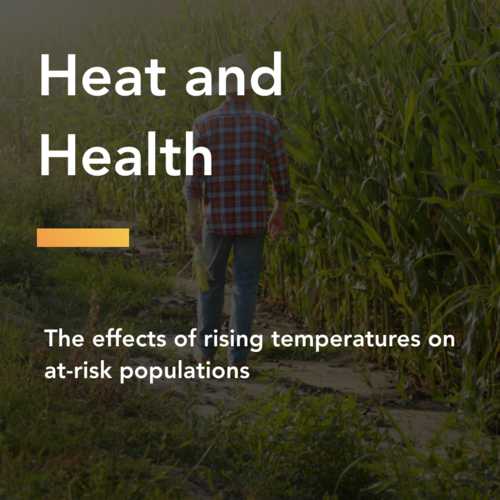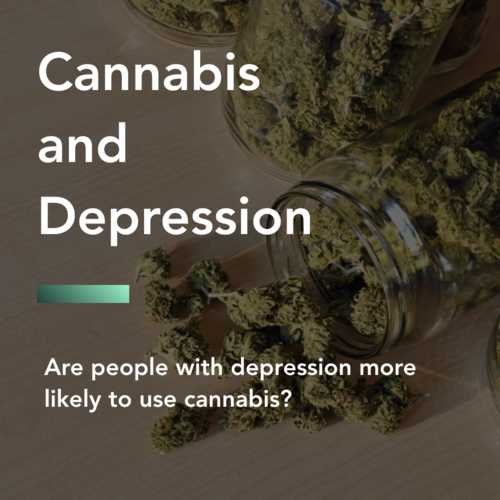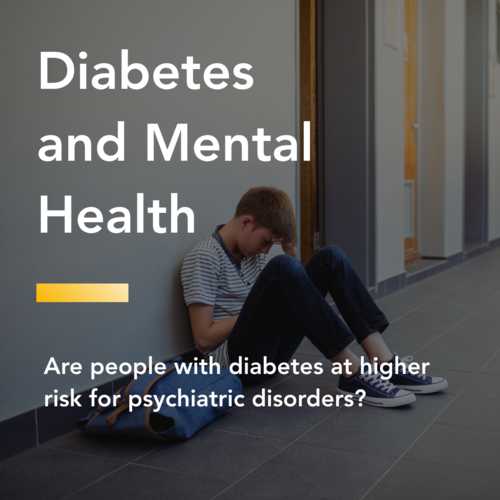The Return of Measles: Measles Cases in 2019

Figure 1: The Return of Measles: Measles Cases in 2019. According to the CDC, 2019 is turning out to be a record year for measles. As of April 2019, there are 626 reported cases of measles, just four months into the year. The previous record for this decade was 667. The CDC keeps tabs on cases of measles across the United States to monitor outbreaks through their National Notifiable Disease Surveillance System. The CDC provides the most updated and accurate numbers on measles cases in the United States.
Measles has made a dramatic comeback in the United States. Despite the fact that we're only 4 months into the year, the United States has already seen 626 cases of measles. The previous record for an entire year this past decade was in 2014, which saw 667 cases. With 8 months remaining in 2019, we are likely to surpass this record this year.
This is of course much smaller than it used to be in the 50s and 60s, when measles had infected hundreds of thousands per year prior to the measles vaccine. However, this still concerns many experts given the infectiousness of measles.
Source: Measles Cases in 2019
Map of Measles Outbreaks in the United States: April 2019

Figure 2: Map of Measles Outbreaks in the United States: April 2019. Measles cases have been reported in 22 states in 2019. New York City, Rockland County (NY), Washington State, New Jersey, Butte County (CA), and Michigan have ongoing measles outbreaks according to the CDC. Measles outbreaks are defined as 3 or more cases in an area
22 States are reporting measles cases in the United States. Most of these are isolated cases, often from individuals travelling from abroad where measles is more prevalent.
Four locations outlined in the map above have ongoing measles outbreaks, as defined by 3 or more cases of measles. Measles outbreaks are particularly concerning as measles is a very contagious disease that can spread very quickly if given the opportunity.
Where does measles come from?
Measles in the United States typically comes from individuals who have travelled abroad. Measles has been nearly eradicated in the United States thanks to extensive vaccination, but it remains endemic in many other countries. When individuals travel abroad and return home to the United States, they can infect other members of their families and communities with measles.
Why are there relatively few people with measles?
Thanks to extensive vaccination and herd immunity, measles outbreaks have been relatively isolated this year. Measles is transmitted from person to person. If a community is entirely vaccinated, measles will likely not spread.
Source: Measles Cases in 2019
Why are experts concerned about Measles? Measles
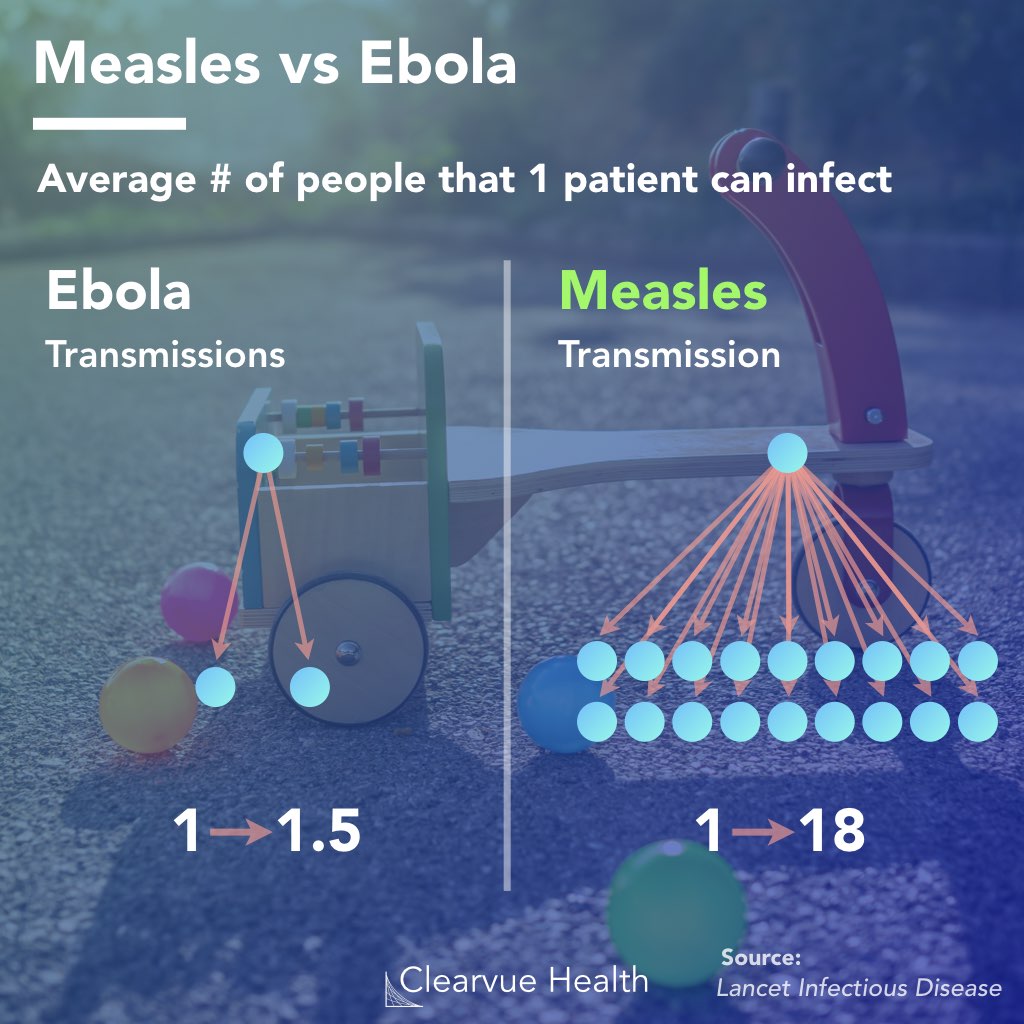
Figure 3: Measles vs Ebola: Infectiousness. Measles has the capability to spread much faster than other disease. Ebola, which gets ample media attention, does not spread easily. A patient with ebola is expected to spread it to around 1 or 1.5 other people in their community. A patient with measles can spread it to 18 other people in their community if the community is unvaccinated.
Measles is extremely infectious. In an unvaccinated community, measles can spread like a wildfire.
Epidemiologists estimate the contagiousness of a disease by the basic reproduction number (R0), which represents the number of people one case can infect in their community.
For example, one person with Ebola can infect 1.5-2 other individuals, which can lead to slow growing outbreak.
One patient with measles, on the other hand, can infect up to 18 other members of their community without vaccines.
The Amish Measles Outbreak of 2014
2014 had the most measles cases in the past decade partly due to a large outbreak in Amish country in Ohio. 393 individuals were affected by the outbreak. According to a study in the New England Journal of Medicine, 99% of the cases in this outbreak were confined to the Amish community where only 14% were vaccinated. This just goes to show how much of an impact a single case can have in an under vaccinated community.
Early Symptoms of Measles
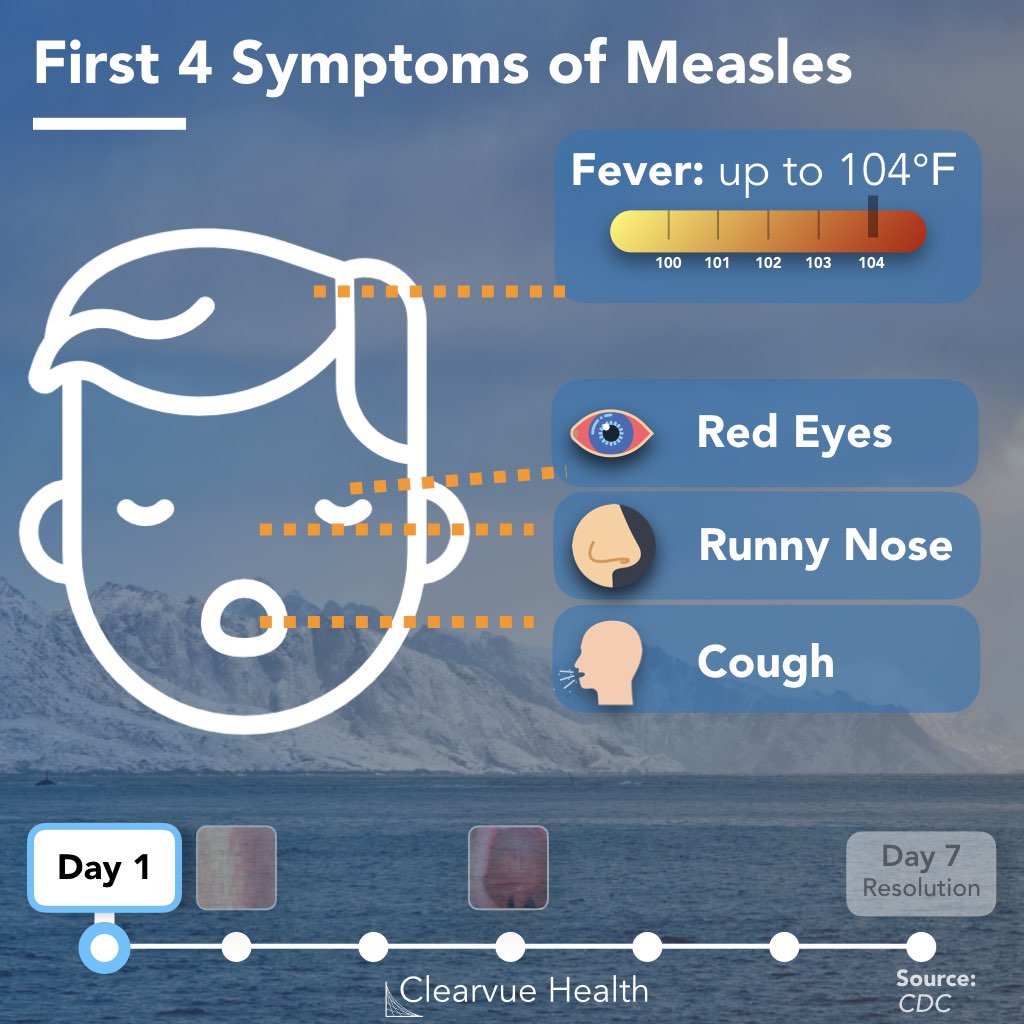
Figure 4: Early Symptoms of Measles.
Measles can be a difficult disease to diagnose. It often shares symptoms with other disease early on. The first symptoms of measles are a cough, red eyes, and a runny nose.
Patients may also develop a high fever, that can run very high up to 104 degrees F, particularly after the rash starts.
As measles progresses past the first symptoms, white dots can appear inside the mouth.
Learn more about the appearace and timing of measles symptoms here.
Learn More: MMR Vaccine & Autism
The Measles vaccine and autism remains a controversial topic. We've summarized the data and the evidence behind this link below.
Two retracted studies in 1998 and 2002 suggested a link between Vaccines and autism. Further studies have looked at much larger groups of patients and have not found evidence of a link between vaccines and autism. There are however other known factors that are significantly associated with autism including smoking and premature births.
Learn More: Herd Immunity
Vaccination helps you and your community through herd immunity. Communities that have high vaccination rates also have lower incidences of disease among vaccinated and unvaccinated individuals. Learn more about the science of herd immunity below:




